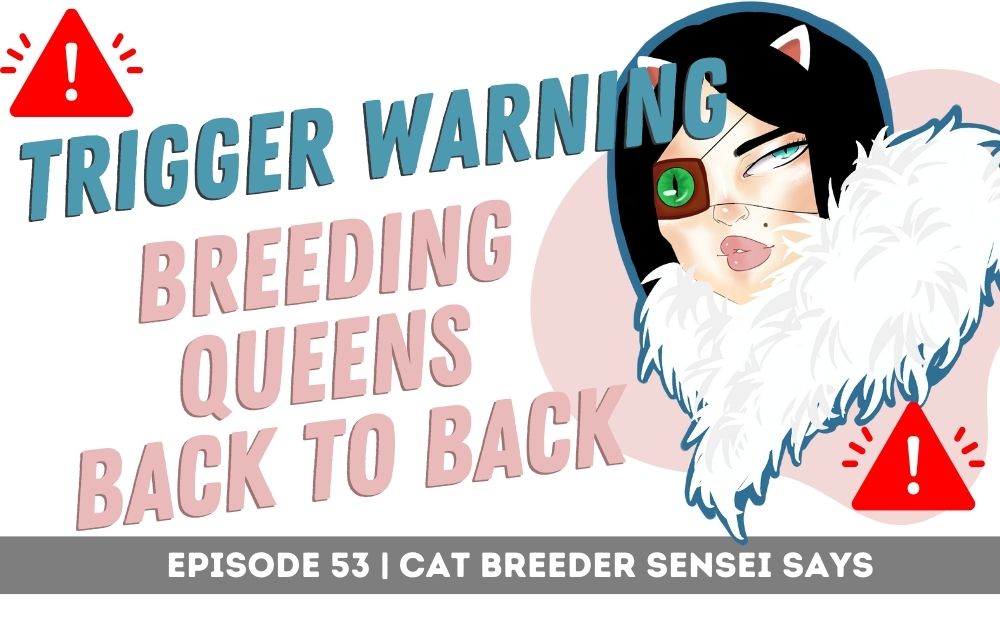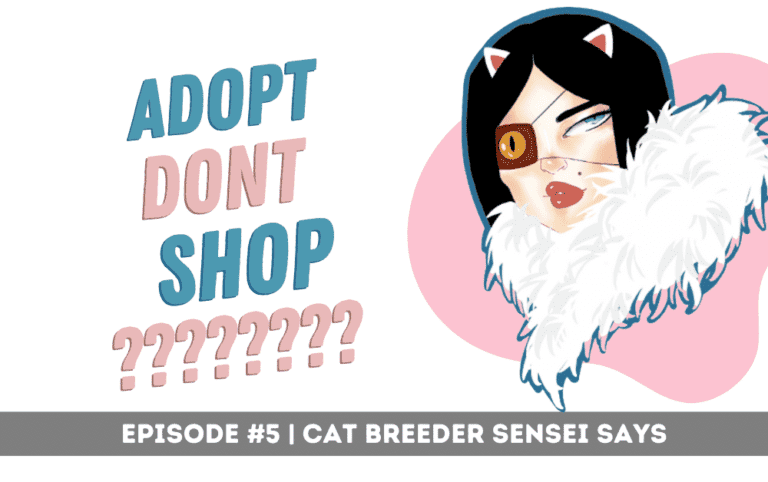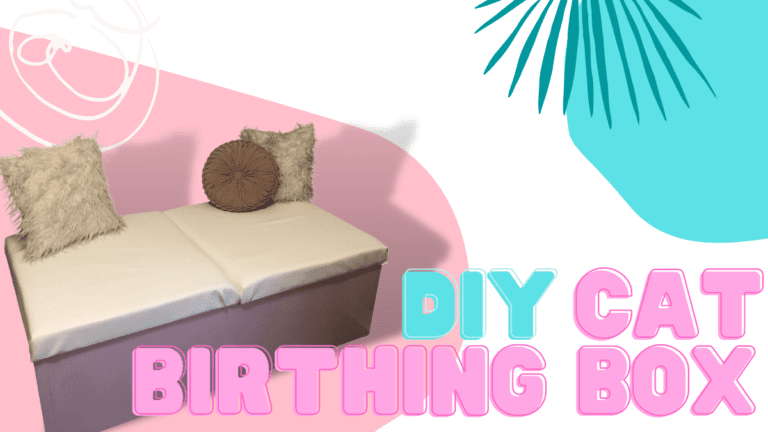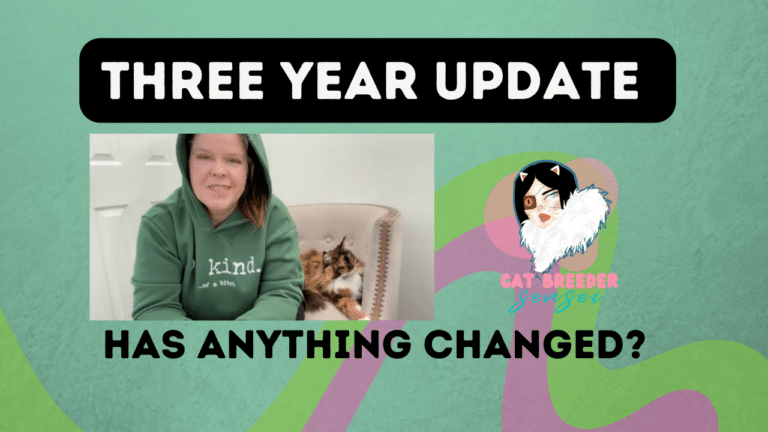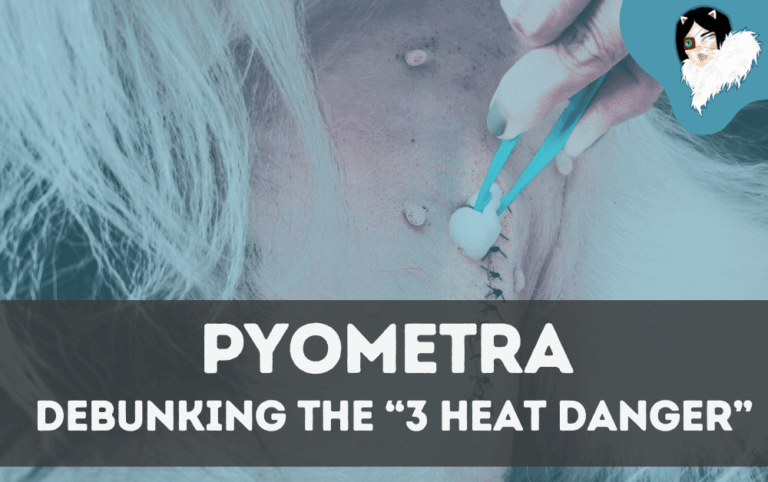TRIGGER WARNING: Breeding your Queens Back to Back
The Back-to-Back Breeding Debate
If you’ve been in the cat breeding world for any amount of time, you’ve probably heard the debate about breeding queens back-to-back. Some breeders swear by it. There are claims that it mimics what would happen in nature. Others argue that it’s too taxing on a queen’s body.
So, which side is right?
As with most things in breeding, the answer isn’t black and white. There are pros and cons to consider when deciding what’s best for your queens. In this post, we’re going to break down the facts. We’ll also discuss the potential risks and benefits, and—of course—I’ll share my personal take on the subject.
If you prefer to listen rather than read, be sure to check out the podcast episode I’ve embedded below! It goes into more debatable issues. Now, let’s dive in.

Resting a Queen Doesn’t Always Mean She’s “Resting”
You might assume that giving a queen a break between litters is always beneficial. In reality, resting her doesn’t necessarily mean she gets true recovery time.
Unlike some animals that have seasonal breeding patterns, cats are induced ovulators. They only ovulate after mating. If they don’t get pregnant, their body continues cycling through heat after heat, often every two to three weeks.
The Potential Benefits of Back-to-Back Breeding
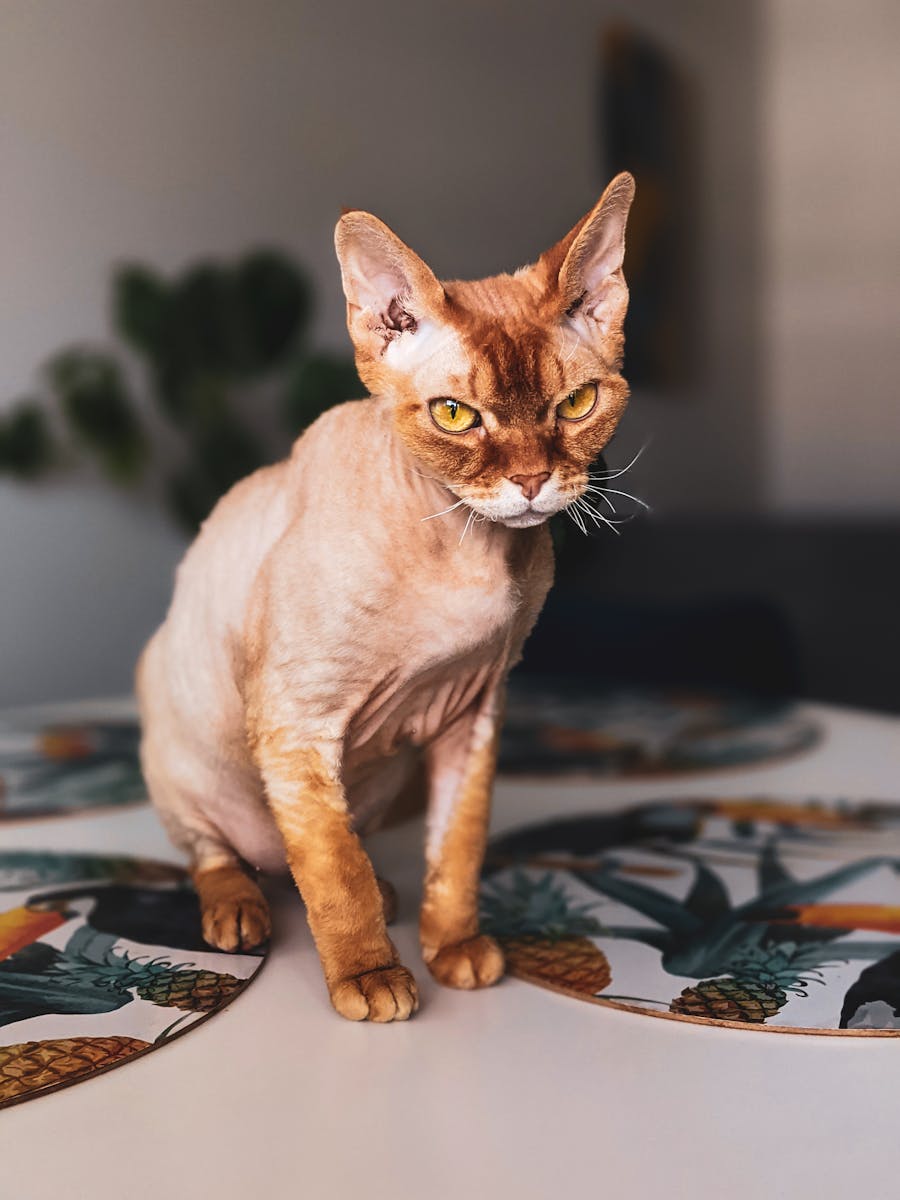
Quicker Completion of a Queen’s Breeding Career: You might prefer to have a queen complete her breeding career sooner so she can be spayed and placed in a pet home earlier.
Reduced Stress from Heat Cycles: Some queens become restless and distressed when they cycle repeatedly without breeding.
Lower Risk of Pyometra: Queens that are repeatedly in heat without pregnancy could develop pyometra (a potentially fatal uterine infection).
More Predictable Breeding Schedule: It allows breeders to plan litters efficiently and manage their cattery operations.
The Risks of Back-to-Back Breeding
- Physical Strain on the Queen: Pregnancy, birth, and nursing are demanding. Without proper recovery, a queen’s health may decline.
- Nutritional Depletion: If a queen doesn’t have enough time to replenish essential nutrients like calcium, it can lead to conditions like eclampsia.
- Increased Risk of Smaller or Weaker Litters: Queens that are bred too frequently without adequate recovery time may produce smaller or less healthy kittens.
- Ethical Considerations: Some breeders (and the public) feel that back-to-back breeding is exploitative and prioritize giving queens ample recovery time.
How to Ensure a Queen’s Health
- Proper Nutrition: High-quality, nutrient-dense food before, during, and after pregnancy is essential.
- Veterinary Oversight: Regular check-ups, bloodwork, and ultrasound monitoring can help ensure the queen is fit for consecutive pregnancies.
- Evaluating the Queen After Each Litter: Not all queens handle back-to-back breeding the same way. You should assess weight, coat quality, energy levels, and general health before deciding to breed again.
- Setting a Limit: Even if a queen does well with consecutive litters, she should still have a limit to the number of litters before being retired.
If there’s one thing I’ve learned in breeding, it’s that no two queens are the same. Some bounce back after a litter like nothing happened, while others need extra time to regain their strength. That’s why this is such a hot debate—there’s no one-size-fits-all answer. It all depends on the cat that’s sitting in front of you.
It’s up to you to make the best decision for the cat. Get to know your cats, work with your vet, and make decisions that prioritize the health of your Queens over anything else.
Listeners Thoughts On Breeding Cats Back-To-Back
We posted this podcast episode in our No Judgement Zone Pedigree Cat Breeder Community Facebook group (if you haven’t joined yet, what are you waiting for? No cat hags allowed!), and honestly, I was expecting more fireworks. Turns out, y’all weren’t as triggered as I thought—most of the responses were super positive! Here’s a quick rundown of what you had to say:
- Individual Needs Rule: Most folks agreed that breeding should be tailored to each queen’s needs. One member said, “I’ve always thought waiting long periods was stupid. What are we waiting for? I breed my queens when they tell me they’re ready.”
- Science Backs It Up: Someone dropped a gem about a study showing back-to-back breeding in dogs might reduce certain cancer risks. Does it apply to cats? I don’t know, but I’d love to hear if anyone’s got the scoop!
- Cat Hag Behavior: Another breeder vented, “Nothing grosses me out more than breeders policing each other’s litters.” Yep, that’s classic cat hag territory—always sniffing around where they don’t belong.
- Trial and Error: I loved this one: “I’ve done back-to-back breeding twice accidentally—no issues. Similar size litters, babies and moms were fine.” That’s my vibe too—test it yourself and see what works!
- Vet Approval: A member chimed in, “My vet agrees with back-to-back breeding if the queens have proper nutrition. It varies from queen to queen.” Nutrition’s key, y’all.
The consensus? It’s all about knowing your queens. I didn’t lose sleep over cat hag backlash like I used to—now I just do me. Marche and I are here to bust through the lies and hype, giving you the confidence to breed your way.

